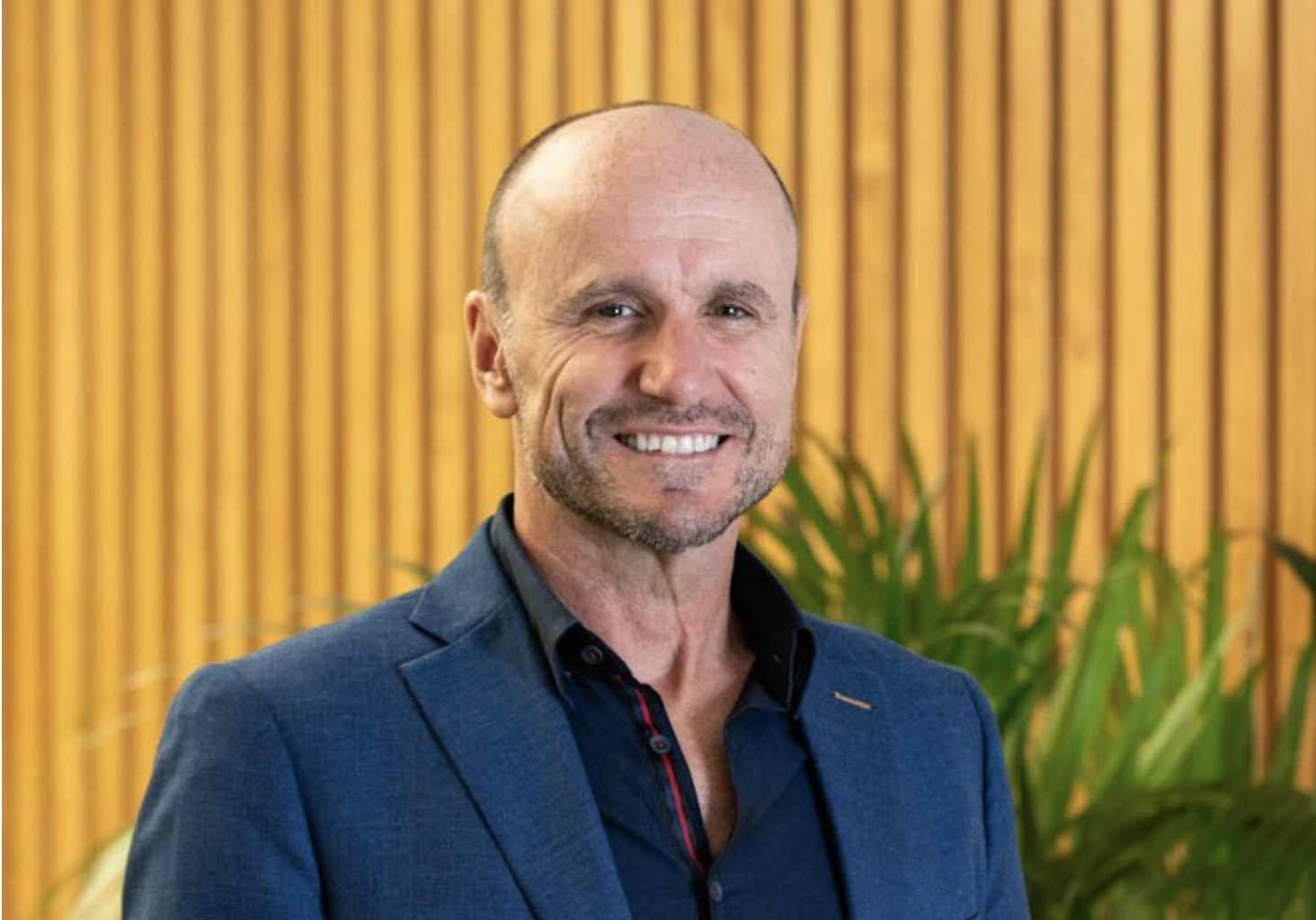What is the outlook for underwriting agencies in NZ?

“The underwriting agency model is not universally understood or universally appreciated at the same level,” the COO told Insurance Business. “In regions like North America and Europe and Australasia, it’s very well understood and very widely used, but the income that the Lloyd’s market generates every year, just under 40% of that globally comes from underwriting agencies.
“The US market is an enormous market. Australia is quite a mature market, which is why it’s so much larger than New Zealand. Hong Kong has quite a mature underwriting agency market, and Singapore is now starting to grow. But outside of Singapore and Hong Kong, there are very few markets in Asia which really adopt the underwriting agency model.”
Chaplin explained: “Part of the reason the underwriting agency model is lower in Pan-Asia is because it’s not regulated and it’s not permitted by regulation in those countries, and that’s largely because of [a lack of] awareness and there isn’t a local demand driving that. Whereas in New Zealand, Australia, it is very, very well understood and it is becoming a feature of regulation.”
Nonetheless, even with the supposed lack of understanding and demand, the Delta executive believes the tables can be turned to emerge with an opportunity instead. To that end, Chaplin’s camp is looking to raise awareness and promote the underwriting agency model with the help of the excellent performance assessment awarded by AM Best to the company. More on that here.
“Underwriting agencies haven’t been broadly regulated in the same way an insurer or reinsurer is regulated or, to that extent, an insurance broker is regulated,” noted Chaplin. “Underwriting agencies, because they don’t hold the risks and the capital, haven’t had the same level of regulatory oversight. So, regulation is a challenge. Regulation is a significant challenge in Asia-Pacific, but it’s also a significant opportunity.
“One of the benefits of the underwriting agency model is the ability to build local capacity and grow local talent. At Delta we have more than 45 people in New Zealand in expert underwriting lines such as drone insurance, environmental insurance, cyber insurance, manufacturing liability insurance, to name a few. These are underwriters with decades and decades of experience.”
Outside the Kiwi market, Delta has a further 15 or so of these underwriting specialists. That ability to foster talent, said the chief operating officer, is among the big positives of the model he’s advocating for.
“Our customers and brokers, they come to us for that expertise, they come to us for that high-end service,” Chaplin went on to tell Insurance Business. “We are a very service-orientated business. But also, the Lloyd’s carriers that provide us with capital to underwrite on their behalf, that’s very important to them. The quality of our people and the quality of our business processes is very important to them.”
Meanwhile, despite the current low adoption in other regions, Chaplin maintains the view that the underwriting agency model is becoming an increasingly used method of distribution for insurers and reinsurers.
He asserted: “Why is that? Because for an insurer or reinsurer that’s somewhere internationally, the underwriting agency model brings local expertise. So, you’re actually accessing those local markets through the underwriting agency model. It’s essentially local distribution, but it’s also very highly expert local distribution.
“People that are in local markets very close to the customer, they understand the local customer need, they understand the local regulation, etc. So, it is an increasingly used model and the outlook is very, very positive. I think it’s a significant growth area.”
In August, Delta became the first underwriting agency in New Zealand and Asia-Pacific to receive a performance assessment from AM Best. The assessment process looks at a delegated underwriting authority enterprise’s underwriting capabilities, governance and internal controls, financial condition, organisational talent, and depth and breadth of relationships.